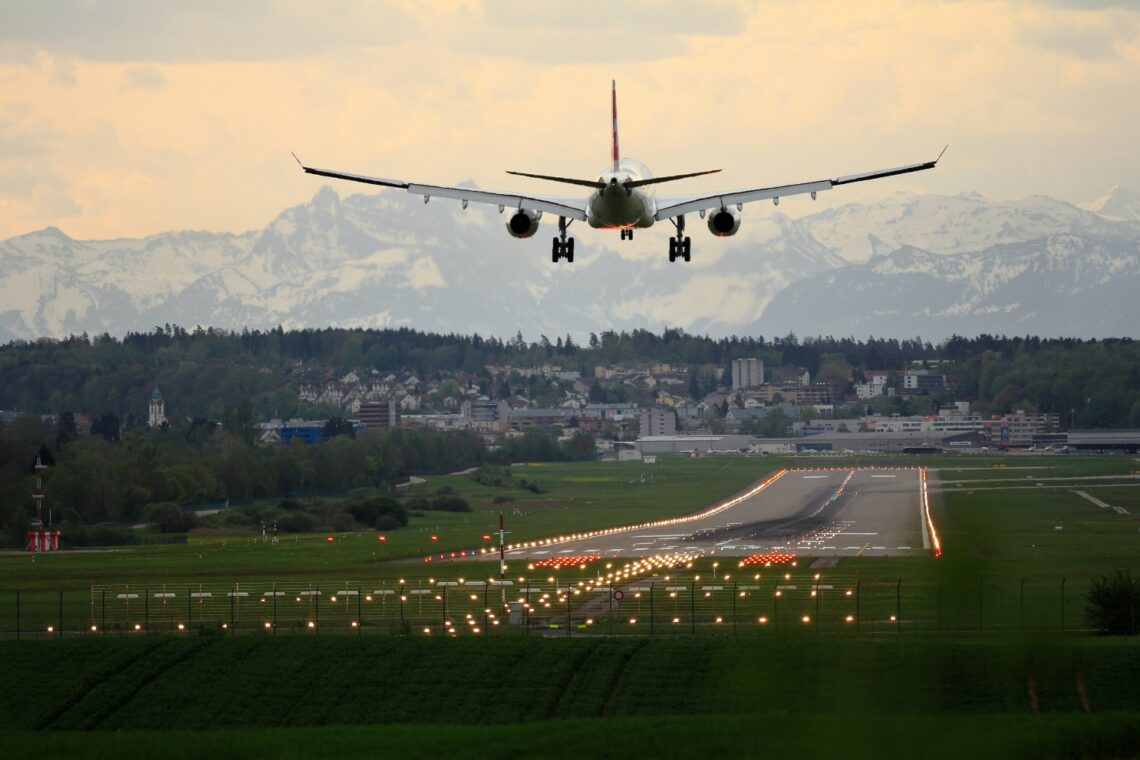Traveling brings with it a sense of adventure and a break from the usual, but for writers, it can also introduce a set of challenges, especially when it comes to maintaining a writing routine. The change in environment, the unpredictability of schedules, and the excitement of new experiences can all disrupt the disciplined structure that writing often demands. This doesn’t mean that writing while traveling is a lost cause; rather, it calls for a shift in approach.
Adaptability and flexibility become crucial for writers on the move. The key is not to replicate the exact routine from home but to find new ways to integrate writing into the travel experience. It’s about making the most of the change in scenery and routine, rather than fighting against it.
From embracing the unpredictable nature of travel to utilizing portable writing tools and techniques, the focus is on how to keep the words flowing, no matter where the journey takes you. Whether it’s jotting down ideas on a train ride or carving out time for a writing session in a hotel room, there are numerous ways to stay productive and inspired while embracing the joys of travel.
Embracing the Unpredictability of Travel
Travel inherently comes with a sense of unpredictability and change, which can throw a well-established writing routine off balance. The key to thriving as a writer on the road is not just in adapting to this change but embracing it as a source of inspiration. When the regular routine gets disrupted, it opens up opportunities for fresh experiences and perspectives that can invigorate writing.
One effective strategy is to view each new location and experience as a potential source of material. Whether it’s people-watching in a bustling cafe, reflecting on a scenic view, or capturing the essence of a local market, travel offers a wealth of sensory experiences that can fuel creativity. Keeping a small notebook or a digital note-taking app handy can be invaluable for capturing these spontaneous moments of inspiration.
Finding writing opportunities amidst a changing schedule might seem daunting, but it can be surprisingly manageable with a bit of planning. It could be as simple as waking up a bit earlier to write in the quiet hours of the morning, or using travel time, like flights or train journeys, as dedicated writing periods. The trick is to remain flexible and make the most of the time available, even if it’s in shorter, more sporadic blocks than usual.
In essence, the unpredictability of travel shouldn’t be seen as an obstacle but rather as an ally in the writing process. It’s about shifting the mindset from seeking routine to seeking opportunities, making every new environment a writing studio and every experience a potential story.
Portable Writing Tools and Techniques
When it comes to writing on the go, the right tools can make all the difference. In the realm of digital technology, there’s an abundance of options that cater to the needs of the traveling writer. Portability and convenience are key, with devices like lightweight laptops, tablets, and even smartphones becoming invaluable assets. These gadgets not only provide the basic platform for writing but can also be equipped with a range of apps and software designed to enhance the writing process.
For instance, cloud-based writing applications like Google Docs or Evernote allow writers to access and work on their projects from anywhere with an internet connection. Other apps offer features like distraction-free writing modes, organizational tools for research, and even voice-to-text capabilities for capturing thoughts on the move.
However, it’s not just digital tools that can aid the traveling writer. Traditional, non-digital methods have their own charm and can be incredibly effective. A sturdy notebook and a reliable pen don’t rely on battery life and can be used in almost any setting, from a mountainside to a busy cafe. For many writers, the act of physically writing can also be a more immersive and contemplative process, offering a different kind of connection to their work.
Incorporating these traditional methods into a travel-friendly writing routine can provide a welcome break from screens and a chance to engage with the surroundings in a more direct way. Whether it’s jotting down observations, sketching out ideas, or drafting sections of a project, the simplicity and tactile nature of pen and paper can be both refreshing and inspiring.
Balancing digital and non-digital tools is about finding what works best for the individual writer and their specific circumstances. The aim is to equip oneself with a versatile toolkit that supports writing in various environments and situations, ensuring that no matter where travel takes you, the writing doesn’t have to stop.
Establishing a Mobile Writing Routine
Creating a consistent writing routine while traveling hinges on clever time management and realistic goal setting. It’s about carving out pockets of time within the travel schedule for dedicated writing. This might mean identifying the most productive times of day – perhaps early mornings or late evenings – and setting aside these periods specifically for writing. Even short, focused sessions can accumulate into significant progress over time.
Setting realistic goals is also crucial. Travel often comes with its own set of demands and unexpected turns, so it’s important to set achievable writing targets. This could mean adjusting word count goals, or focusing on smaller sections of a project, to accommodate the fluid nature of travel schedules. Recognizing that some days will be more productive than others helps in maintaining motivation without feeling overwhelmed.
Flexibility is the cornerstone of a mobile writing routine. This means being ready to adapt the writing schedule as travel plans change. It’s about making the most of the moments that present themselves – a delayed flight might become an extra hour of writing, or a quiet afternoon in a park could offer the perfect setting for a creative session.
Creating a conducive writing environment is also a part of establishing a mobile routine. While it might not always be possible to find the ideal spot, small adjustments can make a big difference. Noise-cancelling headphones can help drown out distractions in a busy setting, while a comfortable travel pillow can turn a seat in a train or plane into a more comfortable writing spot. Carrying a familiar item, like a favorite notebook or a special pen, can also help in recreating a sense of your regular writing environment, no matter where you are.
In summary, establishing a mobile writing routine is about embracing flexibility and finding a rhythm that works with the travel lifestyle. It’s about making writing an integral part of the journey, utilizing time wisely, and adapting goals and environments to fit the ever-changing backdrop of travel.
Final Thoughts
Maintaining a writing routine while traveling boils down to a few key strategies: embracing the unpredictability of travel as a source of inspiration, utilizing the right mix of digital and traditional tools for flexibility, and establishing a mobile routine that accommodates the dynamism of travel. It’s about finding those moments of calm within the chaos of movement, where creativity can flourish.
Travel offers a unique opportunity for writers to enrich their practice with new experiences and perspectives. Each destination, encounter, and even the challenges of being on the move can fuel the creative process, bringing fresh ideas and insights to the work. Writers are encouraged to see travel not as a disruption to their routine, but as a chance to add depth and diversity to their writing.
The underlying theme in maintaining a writing habit while traveling is adaptability. Being adaptable in approach, expectations, and methods is key to staying productive. Coupled with persistence, this adaptability becomes a powerful tool, ensuring that the writing continues, irrespective of the setting or circumstances. Ultimately, the ability to sustain a writing routine while traveling adds not just to the quantity of work produced, but also to the quality and richness of the writing itself, shaped by diverse experiences and broadened horizons.




No Comments